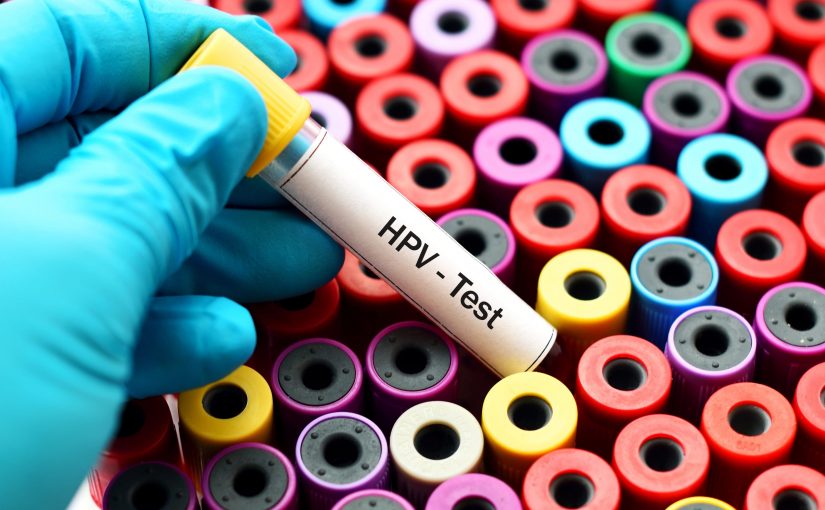The Australian Institute of Health and Welfare (AIHW) has today released a report into the National Cervical Screening Program (NCSP) in Australia, presenting key data on women aged 20-69 and cervical screening between January 2016 and June 2017.
The report found that cervical cancer cases and deaths were low by international standards, with 9 new cases of cervical cancer diagnosed and 2 deaths per 100,000 women.
Pathologist and Pathology Awareness Ambassador, Dr Jason Stone, is pleased but not surprised that the Australian rates are so low.
Since the introduction of the NCSP in 1991 and up to 2002, the incidence and mortality of cervical cancer halved, and since then has remained at 2 deaths per 100,000, highlighting the vital importance of the program.
In November 2017, the Human Papilloma Virus (HPV) test replaced the ‘pap smear’ as the first line in cervical cancer detection. There are hundreds of different types of HPV. The HPV test is able to detect women carrying the high-risk HPV.
Dr Jason Stone, Pathologist and Pathology Awareness Australia (PAA) ambassador suggests that the screening program will be much improved with the introduction of the HPV test forming the foundation of the program into the future.
‘Late last year, the Human Papilloma Virus (HPV) test replaced the “pap smear” as the primary means to screen for cervical cancer and now forms the basis of the NCSP. It’s a much better way to screen large numbers of women.
‘Australia was one of the first nations to introduce the HPV screening program. So successful has the program been that the UK and US are going to be implementing similar programs in their respective nations.’
Cervical cancer is largely preventable with the HPV test playing a key role. The AIHW study showed that participation, while steady at 54.4-56.4%, had somewhat plateaued since the previous data was collected.
In addition to the world-leading mortality rates, that the quality of screening has also improved with the introduction of the HPV test.
‘The HPV tests is a DNA/PCR test that is done by a machine, meaning that subjectivity is taken out of the equation. The age at which we test women has also been able to be raised from 20 to 25.
‘That being said, the HPV is a screening test searching for markers of cervical cancer. If a woman has symptoms, she should consult a doctor,’ said Dr Stone.
Most women can be safely screened every five years after their initial test. The full report can be found here.

